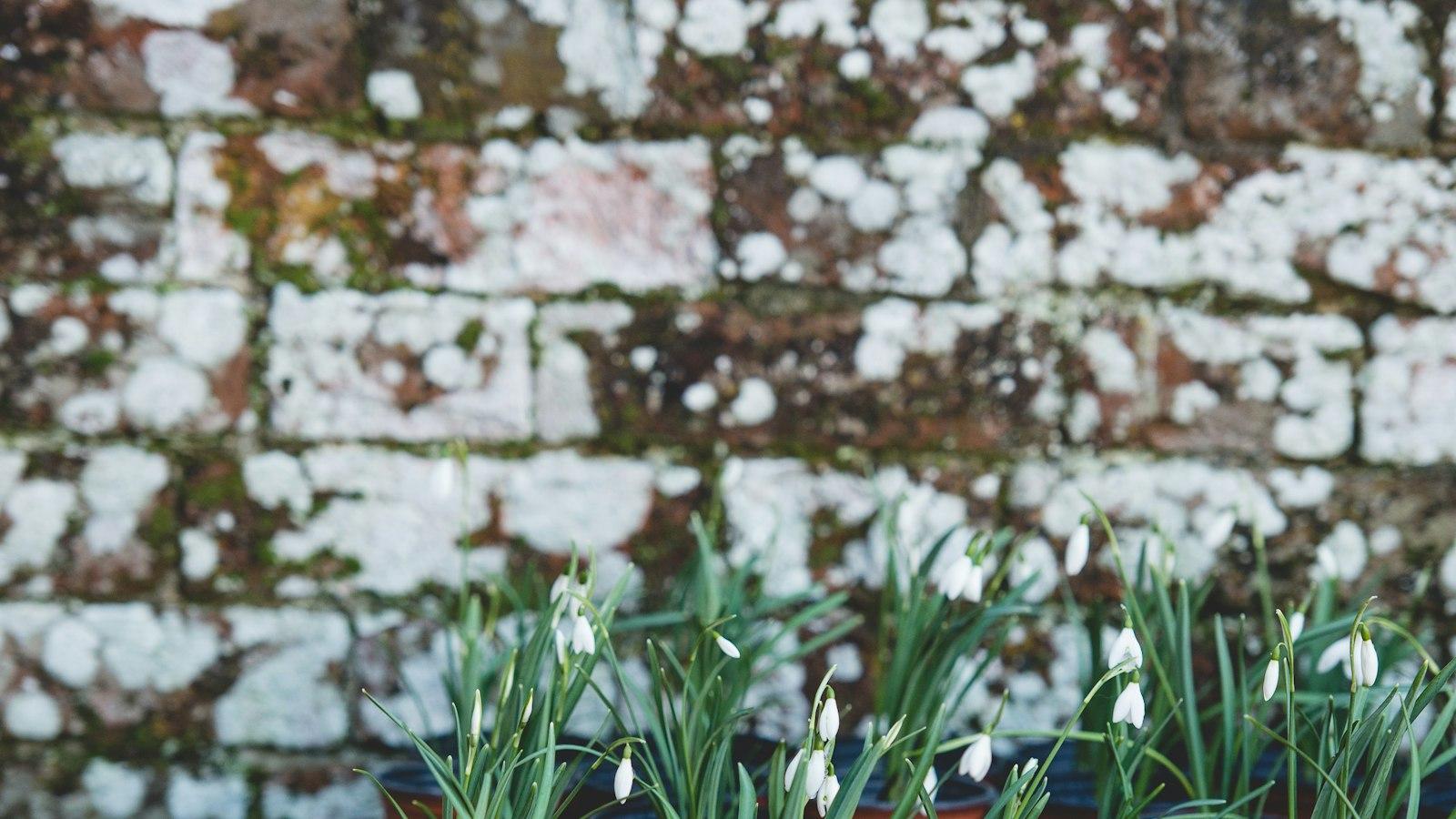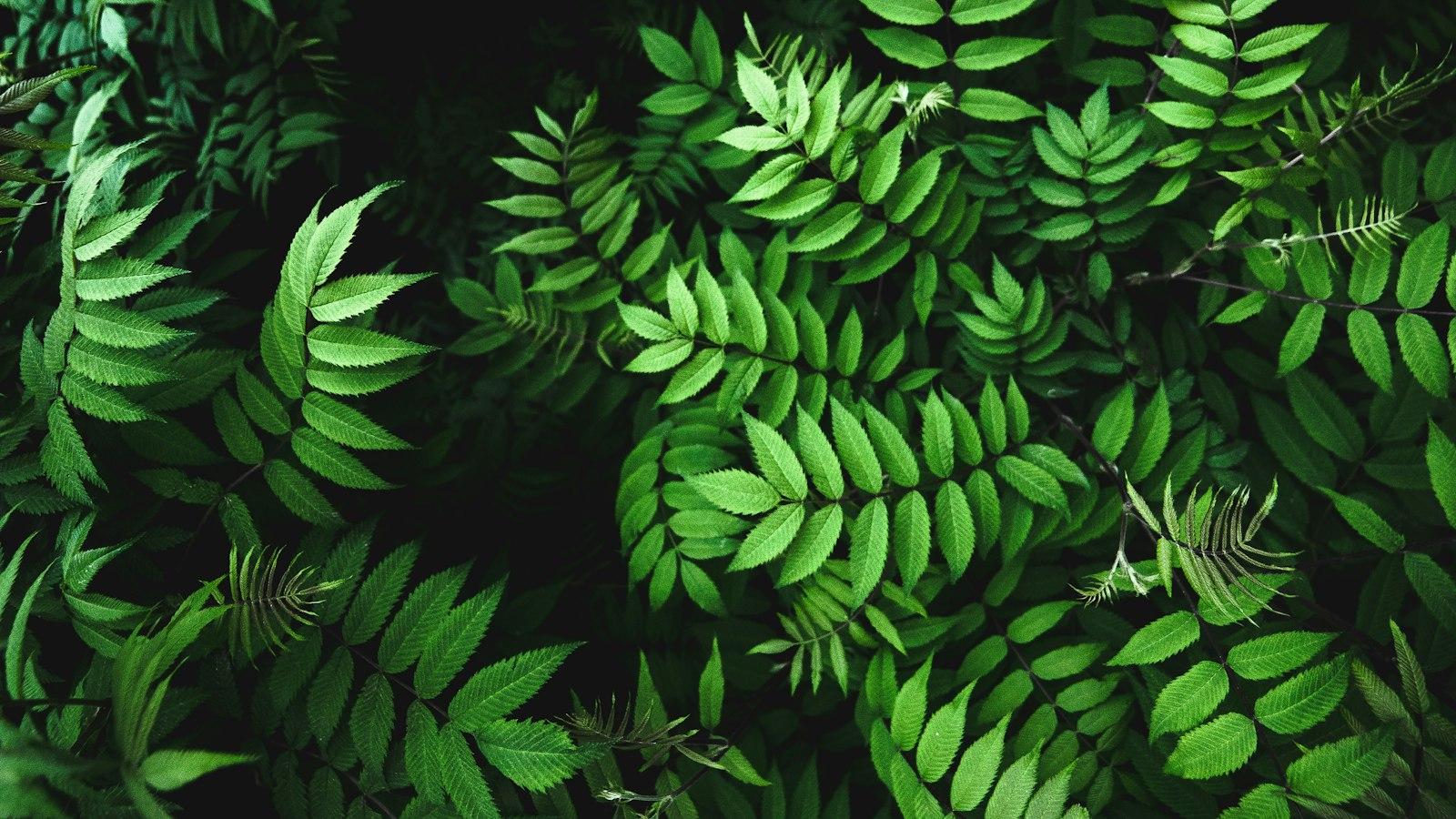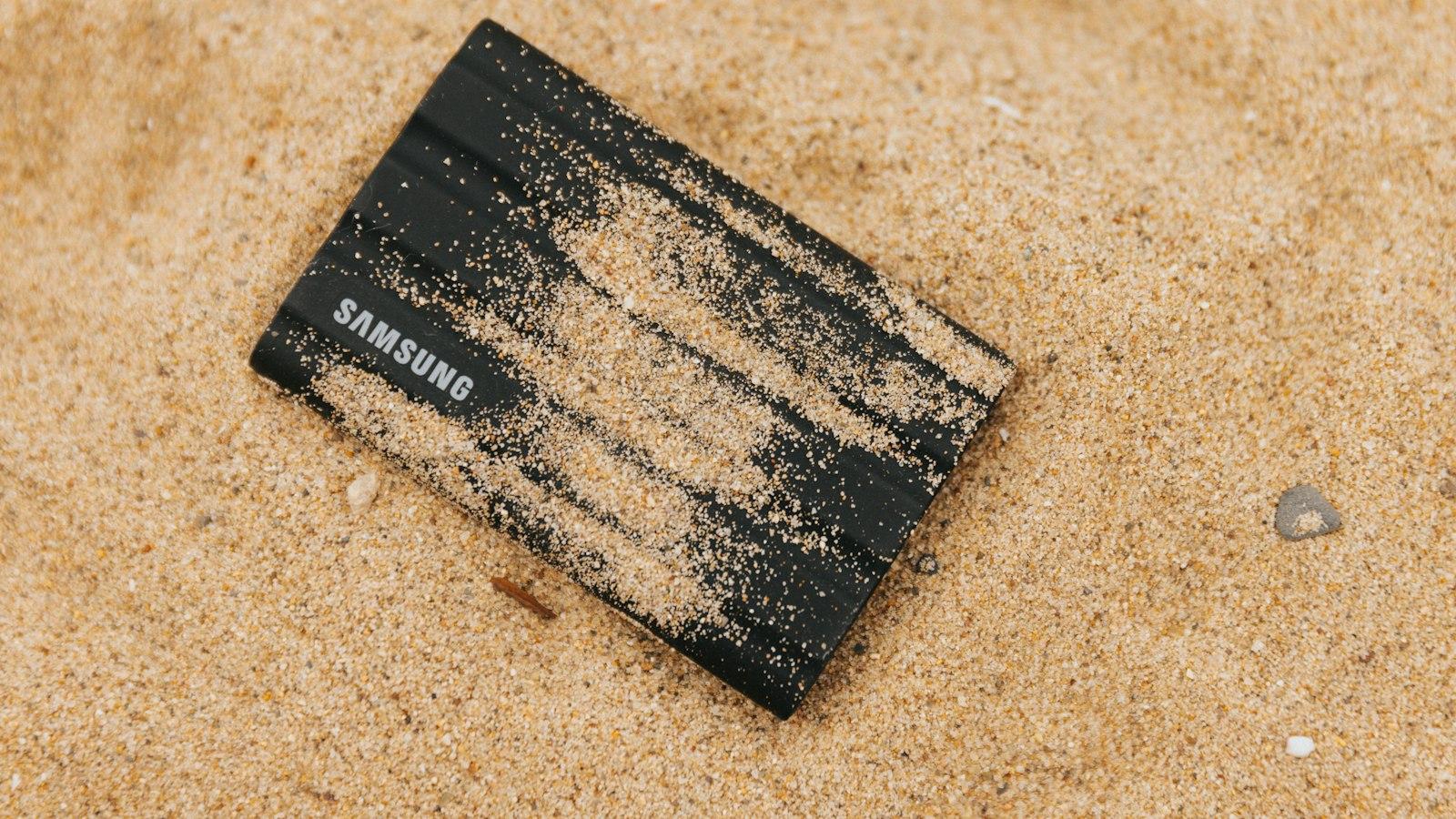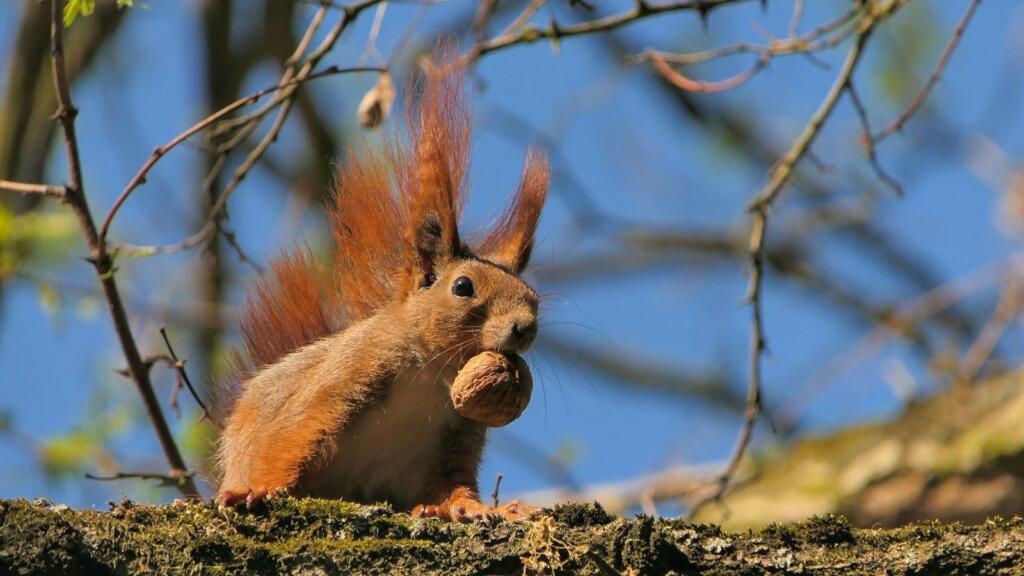Unraveling the enigmatic world of plants, we embark on a botanical odyssey brimming with surprising discoveries. But amidst the lush array of flora that nature unfolds before our eyes, one unsung aspect remains shrouded in mystery: the peculiar aversion certain plants hold towards acidic soil. Like the enigmatic stars that grace the night sky, these plants silently endure, their secrets concealed beneath layers of soil. Join us as we unveil the hidden inner workings of these extraordinary botanical beings, exploring the fascinating realm of „Jakie rośliny nie lubią kwaśniej ziemi” – unveiling the unexpected allies and uncovering the curious adversaries lurking amidst the acidic abyss.
Plants That Dislike Acidic Soil: Understanding Their Preferences
Understanding Their Preferences
When it comes to gardening, understanding the preferences of different plants is crucial in ensuring their well-being and fostering a thriving garden. One important factor to consider is the acidity of the soil. While some plants thrive in acidic soil, there are certain varieties that simply dislike it, requiring a more neutral or alkaline environment to flourish. By arming yourself with knowledge about these plants and their preferences, you can make informed choices in selecting the right soil amendments and creating a suitable environment for your garden.
To help you identify which plants prefer neutral or alkaline soil over acidic conditions, here is a selection of some common examples:
- Lilacs: These elegant, fragrant flowering shrubs prefer soil with a slightly alkaline pH around 7.0 to 7.5. Maintaining the right pH level will ensure their vibrant blooms.
- Hydrangeas: These stunning multicolored blooms are known for their ability to change color based on the acidity of the soil. While pink and red blooms are more likely in alkaline soil, blue and purple blooms thrive in acidic conditions with a pH below 6.0.
- Roses: These beloved flowers prefer a slightly acidic to neutral pH between 6.0 and 7.0. Providing them with the right soil conditions will help maximize their beauty and fragrance.
By taking the time to understand the preferences of plants when it comes to soil acidity, you can create an environment that caters to their needs. This knowledge allows you to fine-tune your gardening practices and provide optimal conditions for your plants to grow and flourish, resulting in a vibrant and thriving garden.

Choosing the Right Soil pH: A Key Factor for Plant Health
Prawidłowy pH gleby to kluczowy czynnik dla zdrowia roślin. Każda roślina ma swoje preferencje co do poziomu kwasowości gleby. Część roślin preferuje glebę o obojętnym pH (5,5-7), podczas gdy inne wymagają kwaśnej lub zasadowej gleby. Dzisiaj skupimy się na tych roślinach, które nie lubią kwaśnego środowiska glebowego.
1. Rododendrony: Te piękne kwitnące krzewy są znane z wymagania kwaśnej gleby o pH 4,5-5,5. Jeśli hodujesz rododendrony, ważne jest, aby dostarczyć im gleby o odpowiednim pH, by zapewnić im prawidłowy wzrost i kwitnienie.
2. Borówka amerykańska: Ta smaczna jagoda również preferuje kwaśne gleby o pH 4,5-5,5. Jeśli chcesz cieszyć się obfitym plonem borówek amerykańskich, upewnij się, że gleba spełnia te wymagania.

Plant Recommendations for Alkaline Soil: Thriving in a Less Acidic Environment
If you have alkaline soil in your garden, there is no need to worry! While many plants prefer acidic soil, there are still plenty of beautiful and resilient options that will thrive in a less acidic environment. These plants have adapted to survive and even flourish in alkaline conditions, making them perfect choices for gardens with alkaline soil.
1. Lavender
Lavender is not only known for its fragrant flowers and soothing aroma, but it also loves alkaline soil. With its gray-green foliage and vibrant purple flowers, lavender adds a pop of color and beauty to any garden. This hardy perennial requires well-draining soil and plenty of sunlight, making it ideal for alkaline soil conditions.
2. Agapanthus
This stunning flowering plant, also known as the Lily of the Nile, is a perfect choice for alkaline soil. Agapanthus produces beautiful clusters of blue, white, or purple flowers that create a striking visual display in any garden. With its ability to tolerate dry conditions, agapanthus is a low-maintenance plant that thrives in alkaline soil.
3. Yarrow
Yarrow is a versatile and hardy plant that can tolerate a wide range of soil types, including alkaline soil. It produces clusters of small, colorful flowers in shades of white, yellow, pink, and red. Yarrow is not only visually appealing but also attracts butterflies and other pollinators to your garden, making it a great addition to any alkaline soil garden.
4. Russian Sage
This drought-tolerant perennial is another excellent choice for alkaline soil. Russian Sage features silvery-gray foliage and produces lavender-blue flowers that bring a touch of elegance and charm to any garden. It thrives in full sun and well-draining soil, making it a perfect match for alkaline soil conditions.
5. Sedum
Sedums are a diverse group of succulent plants that can thrive in various soil types, including alkaline soil. These low-maintenance plants come in a variety of shapes, sizes, and colors, adding texture and interest to your garden. Sedums are known for their ability to withstand drought and poor soil conditions, making them an excellent choice for alkaline gardens.
| Plant | Soil Type | Sunlight | Watering |
|---|---|---|---|
| Lavender | Alkaline | Full Sun | Moderate |
| Agapanthus | Alkaline | Full Sun | Low to Moderate |
| Yarrow | Wide Range | Full Sun | Low to Moderate |
| Russian Sage | Alkaline | Full Sun | Low |
| Sedum | Wide Range | Full Sun to Partial Shade | Low |
Remember to always consider the specific needs of each plant and ensure that the soil is well-draining to prevent waterlogging. By selecting plants that thrive in alkaline soil, you can create a vibrant and flourishing garden, even in a less acidic environment.

Optimizing Soil pH: Tips and Techniques for Successful Plant Growth
Having the right soil pH is crucial for successful plant growth. While many plants prefer a slightly acidic or neutral pH, there are certain plants that thrive in more acidic conditions. Understanding which plants dislike acidic soil can help you make informed choices when planning your garden.
Here are some plant varieties that are not fond of acidic soil:
- Lavender: This fragrant, perennial herb prefers a pH level between 6.7 and 7.3. It dislikes soil that is too acidic as it can inhibit nutrient absorption and hinder its overall growth.
- Lilacs: These beautiful, blooming shrubs also prefer slightly alkaline soil with a pH range between 6.5 and 7.0. Highly acidic soil can stunt their growth and lead to yellowing of leaves.
- Sunflowers: These tall, vibrant flowers thrive in neutral to slightly alkaline soil with a pH level around 7.0. Planting them in acidic soil can result in stunted growth and smaller flower heads.
| Plant | Preferred pH Range |
|---|---|
| Roses | 6.0-6.5 |
| Blueberries | 4.5-5.5 |
While these plants may not thrive in acidic soil, it doesn’t mean you cannot grow them. With some soil amendments and regular monitoring of the pH level, you can still enjoy their beauty in your garden. Remember to test your soil before planting and make any necessary adjustments to ensure optimal growing conditions for all your plants.
Final Thoughts
And thus, we have unearthed the secret aversions of certain plants towards acidic soil. As we bid adieu to this captivating journey, we find ourselves armed with newfound knowledge. The world of gardening, once shrouded in mystery, now reveals its enigmatic preferences. Just as people have their own idiosyncrasies, so too do flowers, herbs, and shrubs. They prance through the soil, seeking the perfect balance between alkalinity and acidity, fickle creatures savoring the sweet embrace of neutral pH levels. With every step we take, we become more attuned to the delicate dance between nature and nurture, understanding that the earth is a stage where plants share their stories through the language of chemistry. So, dear readers, let us tend to our gardens with care, mindful of the whispers of these botanical beings. May our gardens bloom with vibrancy and abundance, as we create a harmonious haven where plants thrive, free from the shackles of excessive acidity. Until we embark on our next horticultural escapade, remember to listen closely to the echoes of the earth, for it is through our understanding and harmony with nature that our gardens truly flourish. Farewell, fellow green thumbs, until we meet again amidst the mystical realms of soil and seeds.



